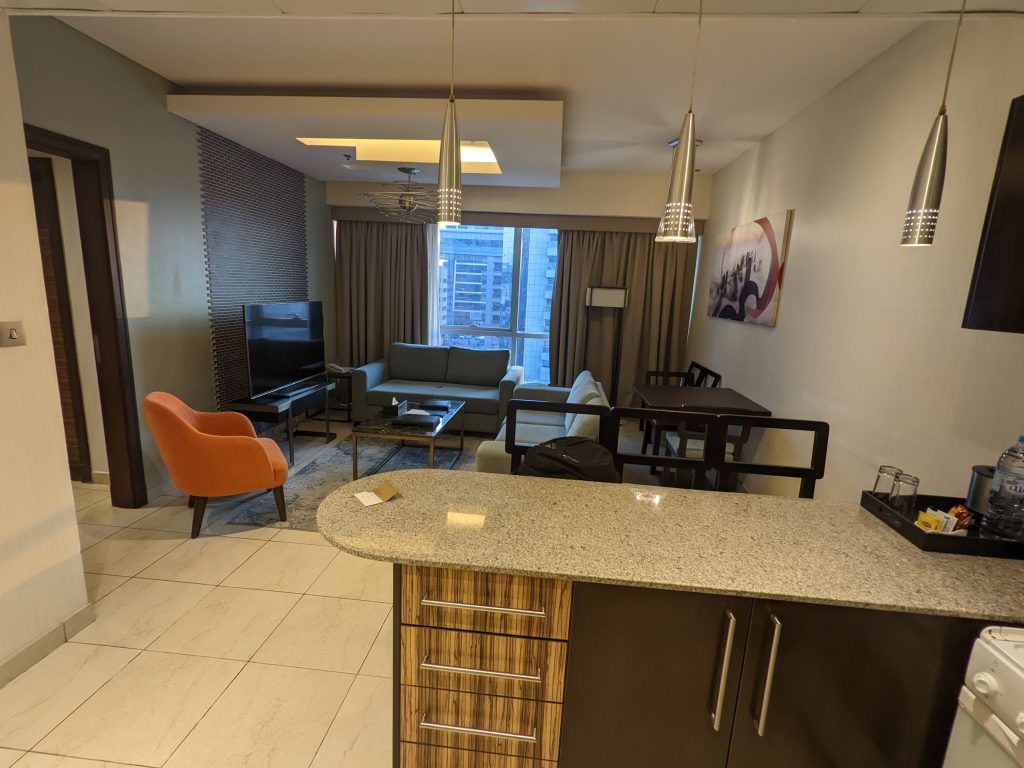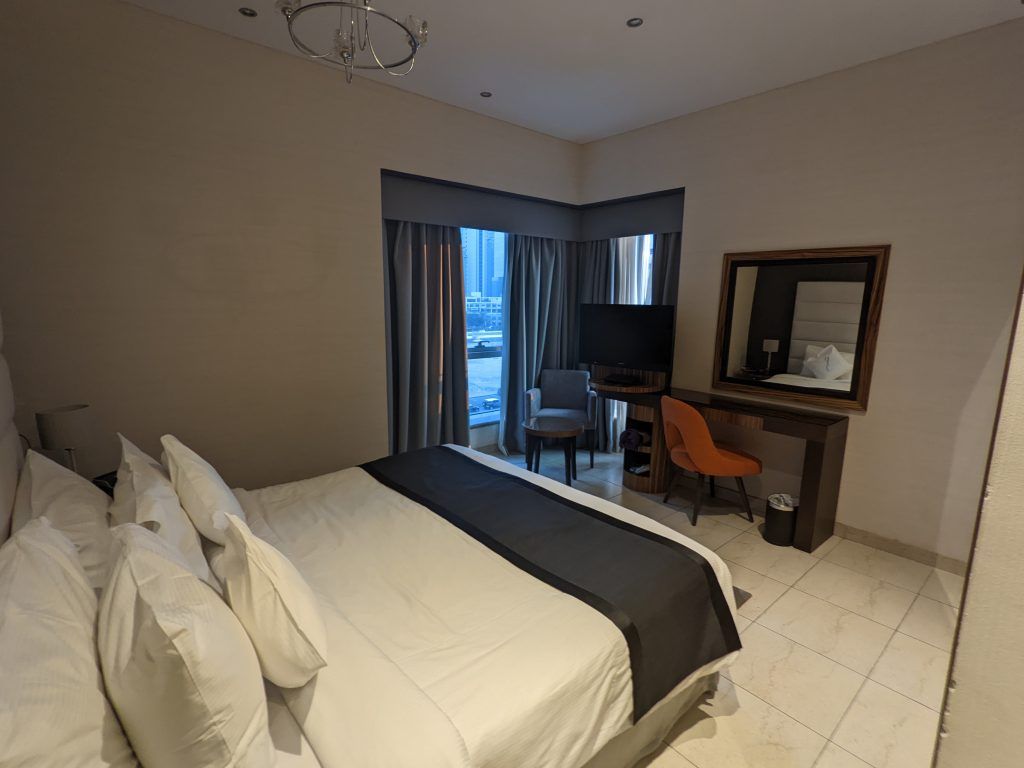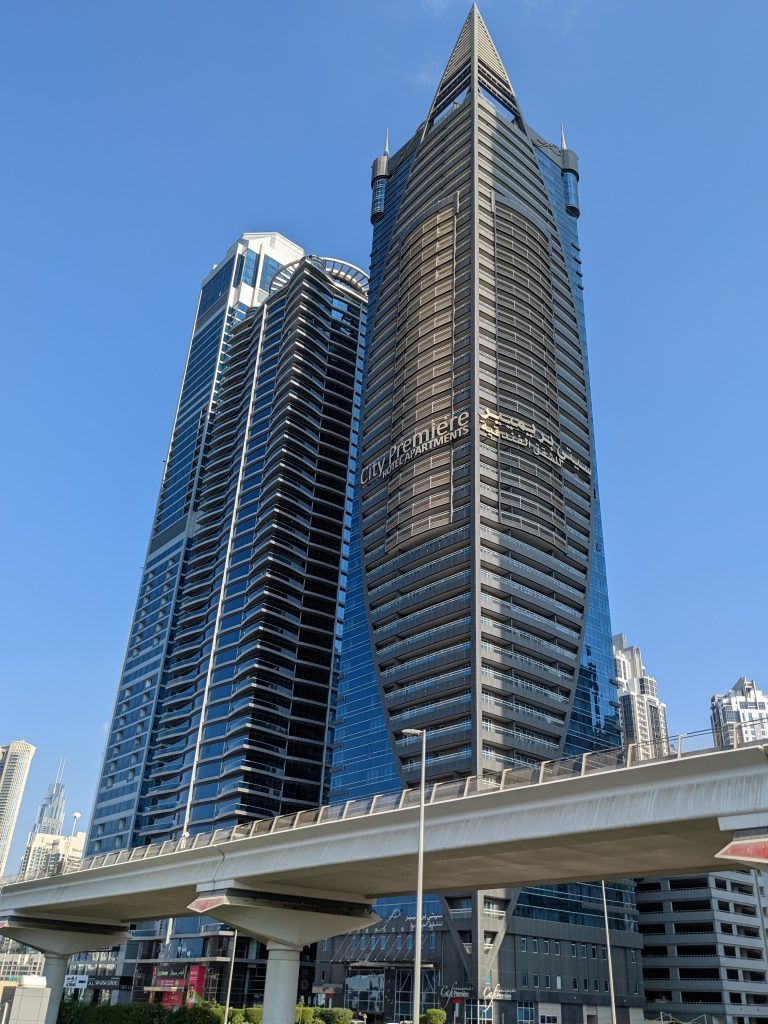Ah, visiting Dubai. Where excess is an art form.
An indoor ski resort? Check. The world’s tallest building? Check. A police force that sometimes drives official Ferrari and Lamborghini police cars? Check. A hotel decorated with over 19,000 square feet of 24 carat gold? Check. A $32 billion airport expansion that will ultimately cover 54 square miles? Check. A shark infested aquarium inside a mall that you can actually scuba dive in? Check. A man made island with luxurious homes made with 3.2 billion pounds of sand? Check. The world’s largest shopping mall at 5.9 million square feet? Check. A $817 scoop of ice cream? $1,000 cupcakes? A $1,300 per glass cocktail? Check. Check. Check.
Dubai Architecture
This excess is mostly on display in its architecture. Miles and miles of high rises thrust up from the desert. They can be stupendous, sublime, stunning, sardonic, seductive, scenic, sparkling, stately and stylish. But they are rarely ever staid or subdued. It’s one of the wonders of visiting Dubai.



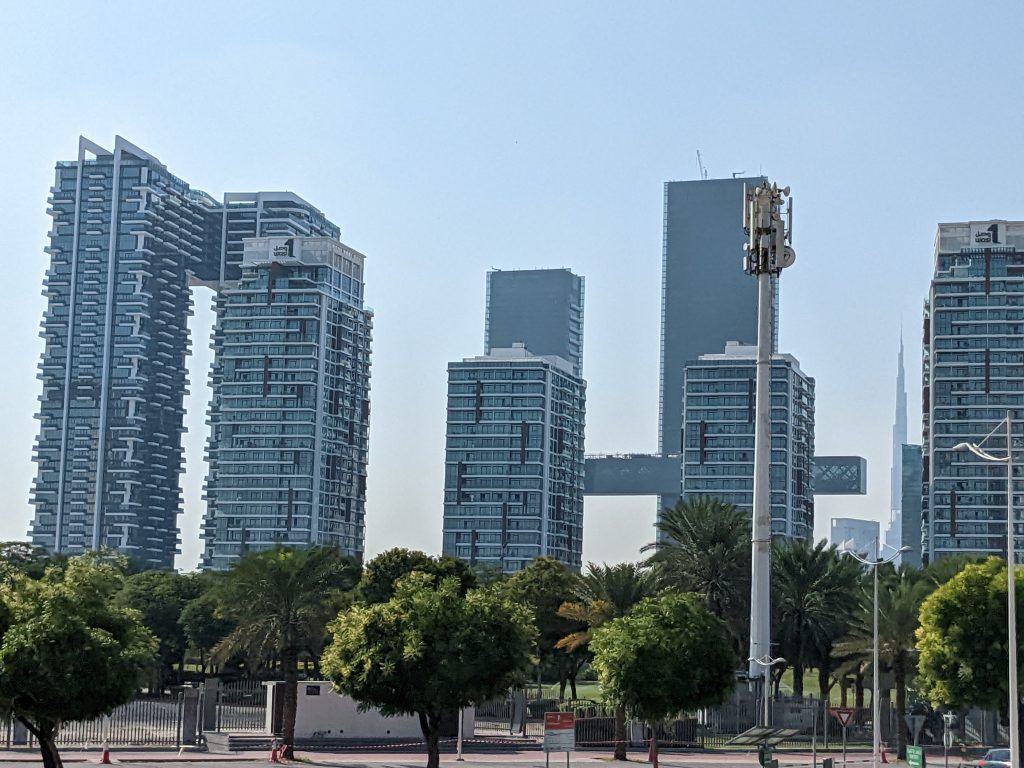
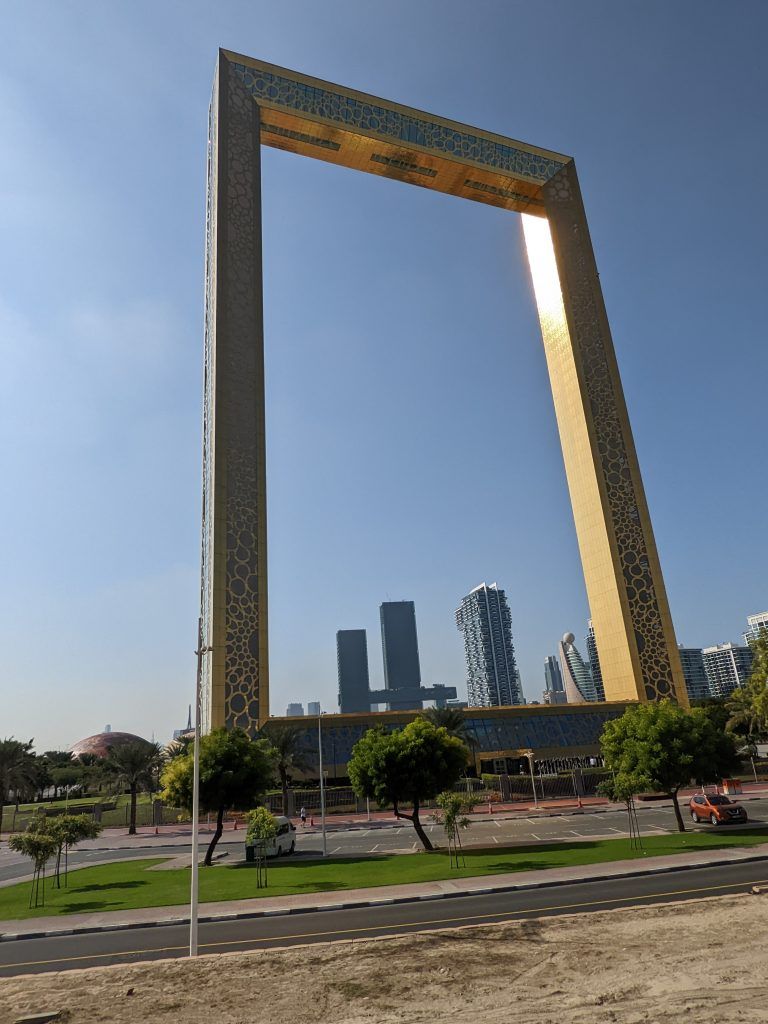
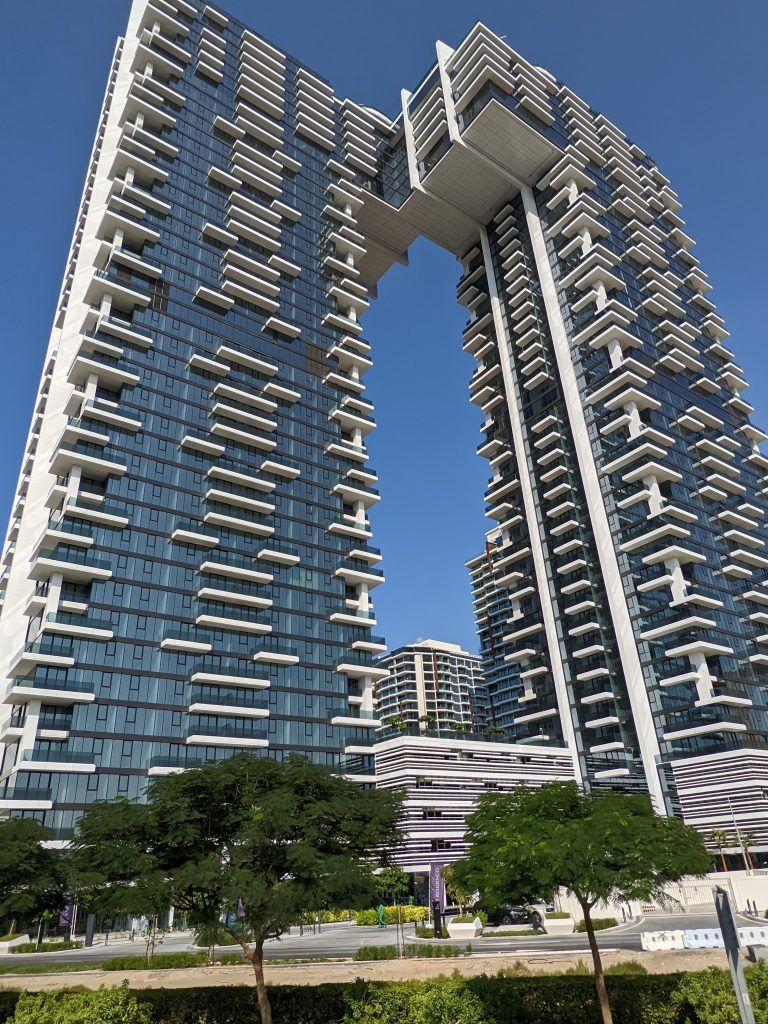
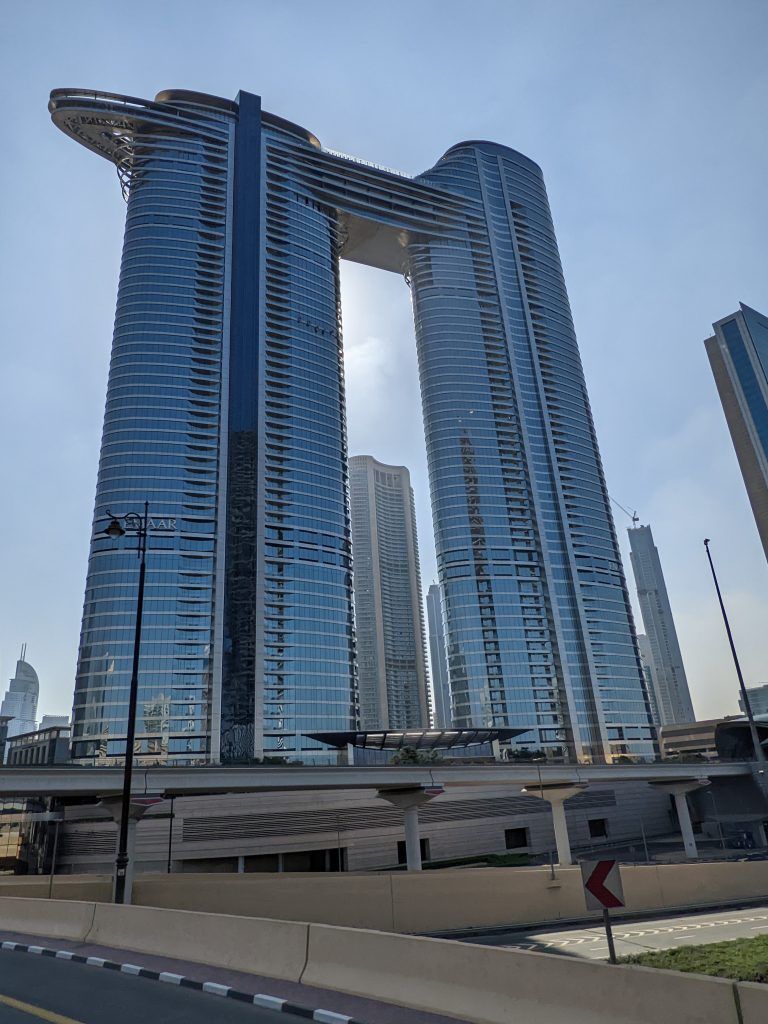
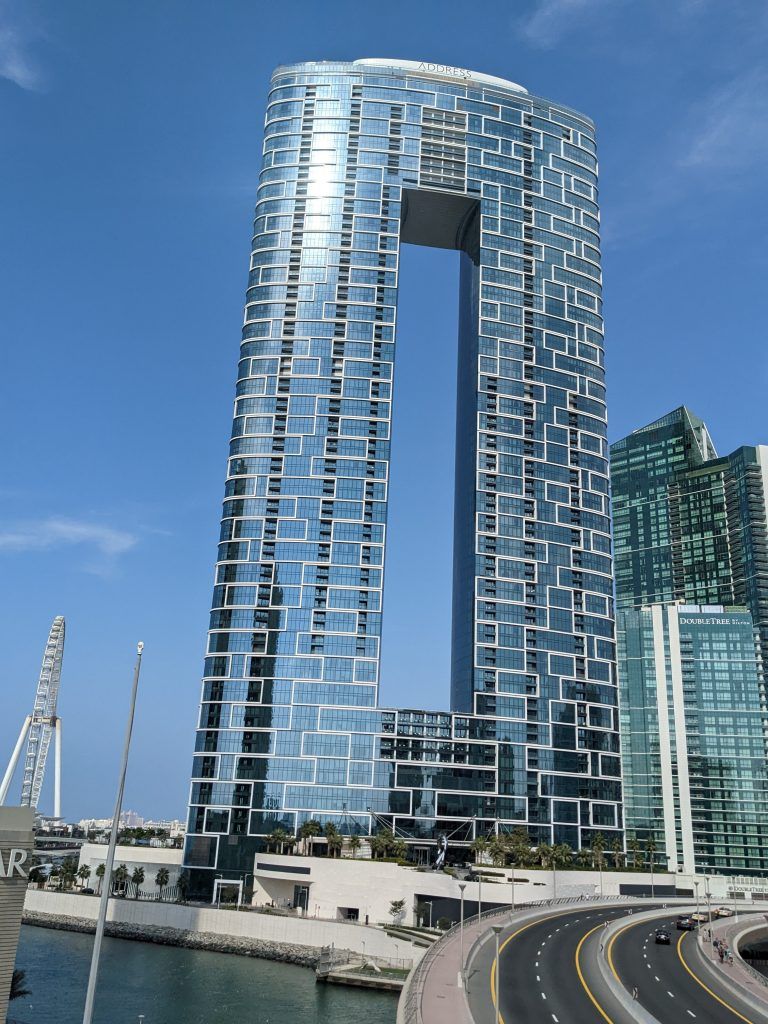



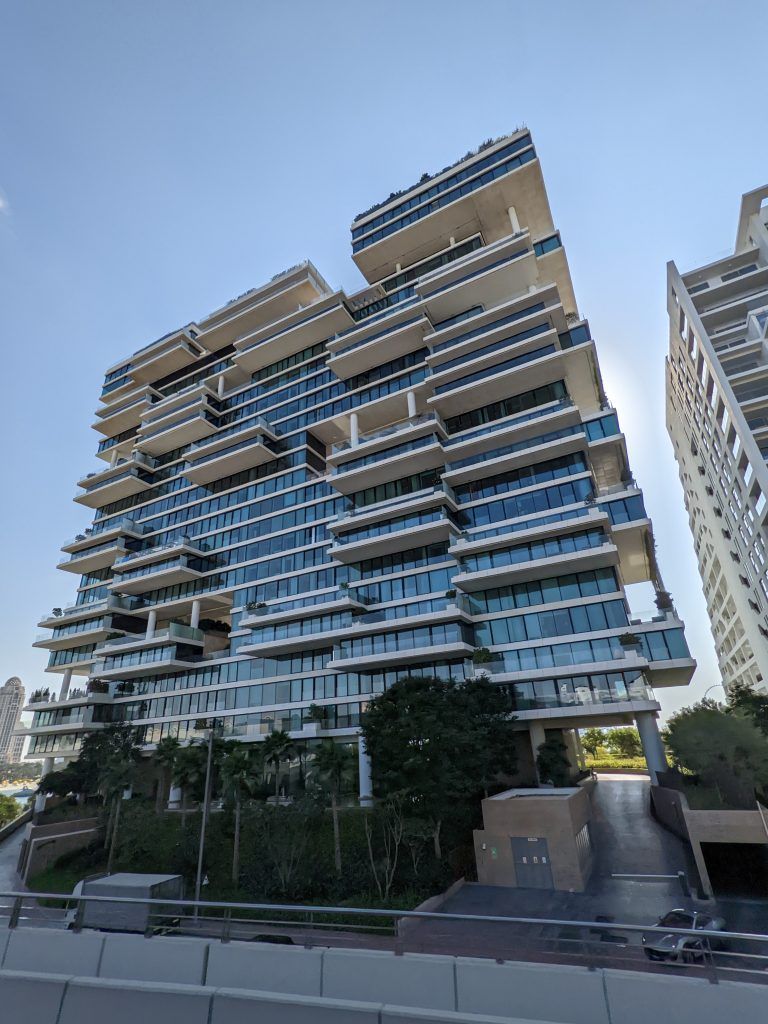
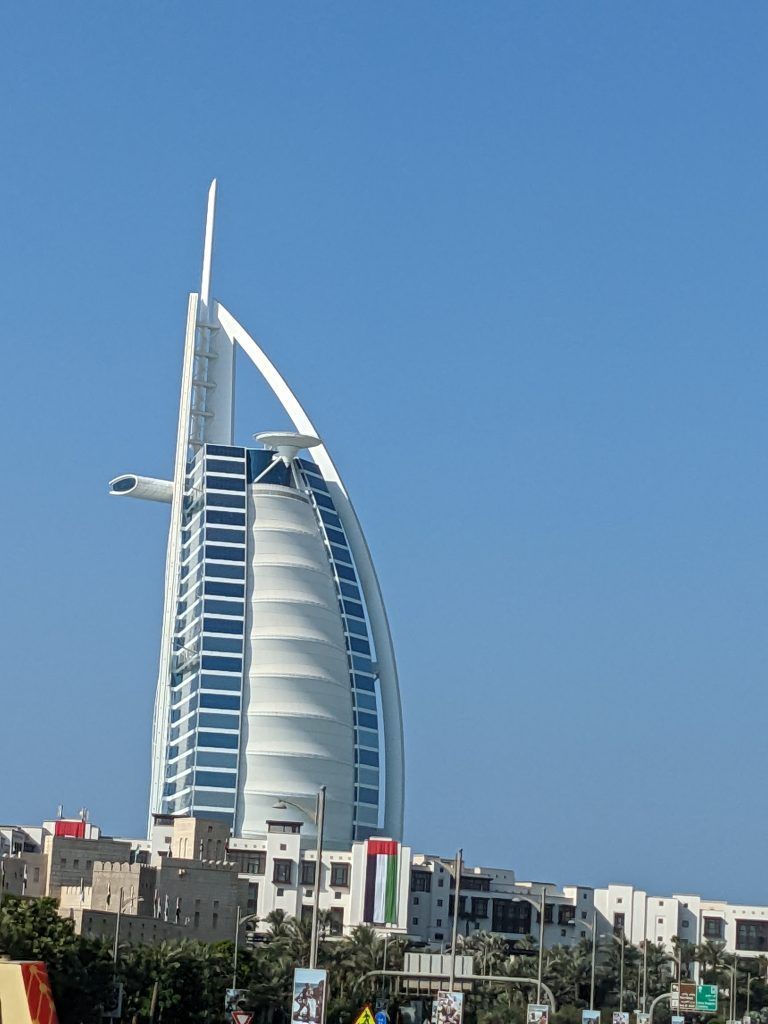
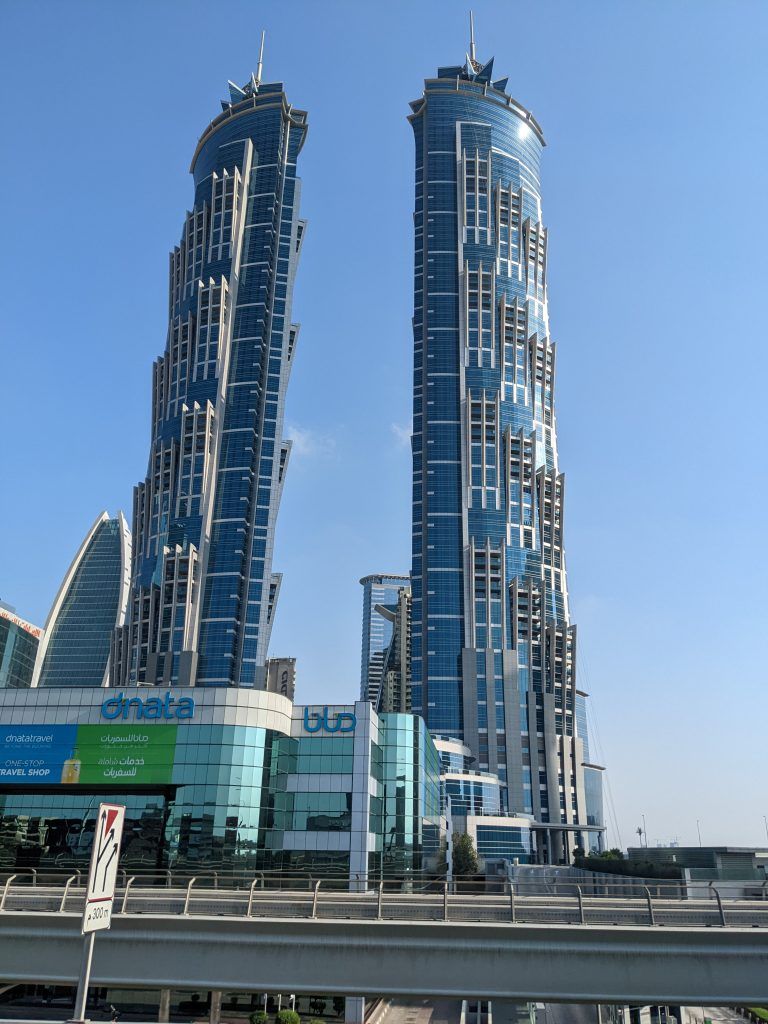
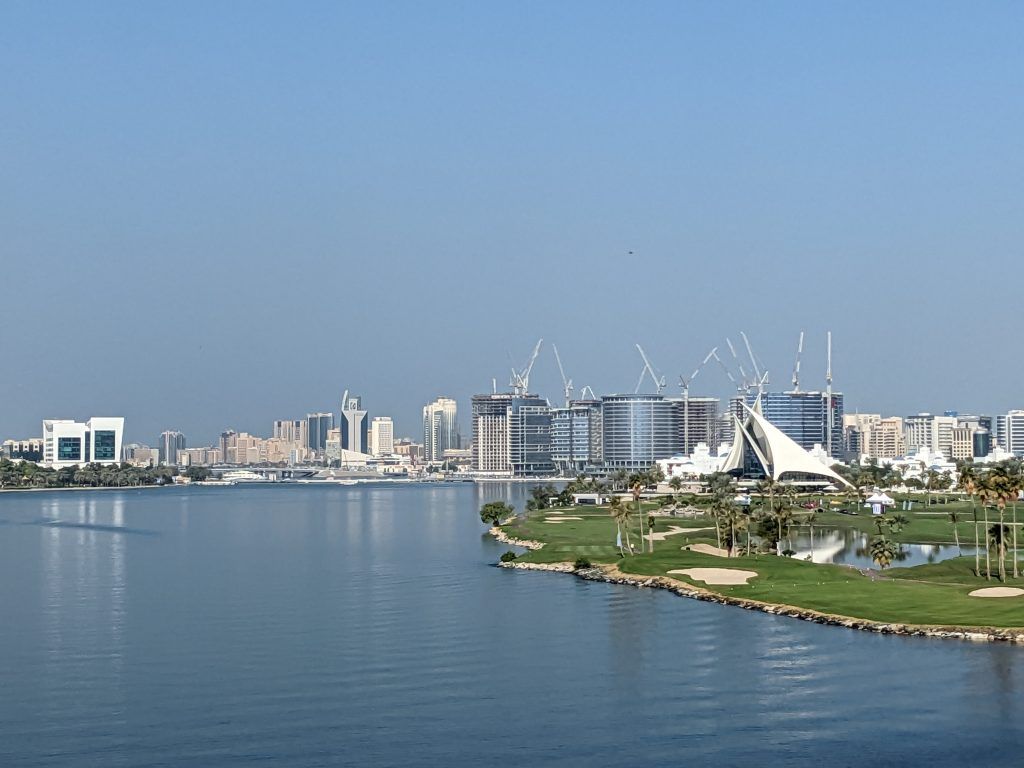
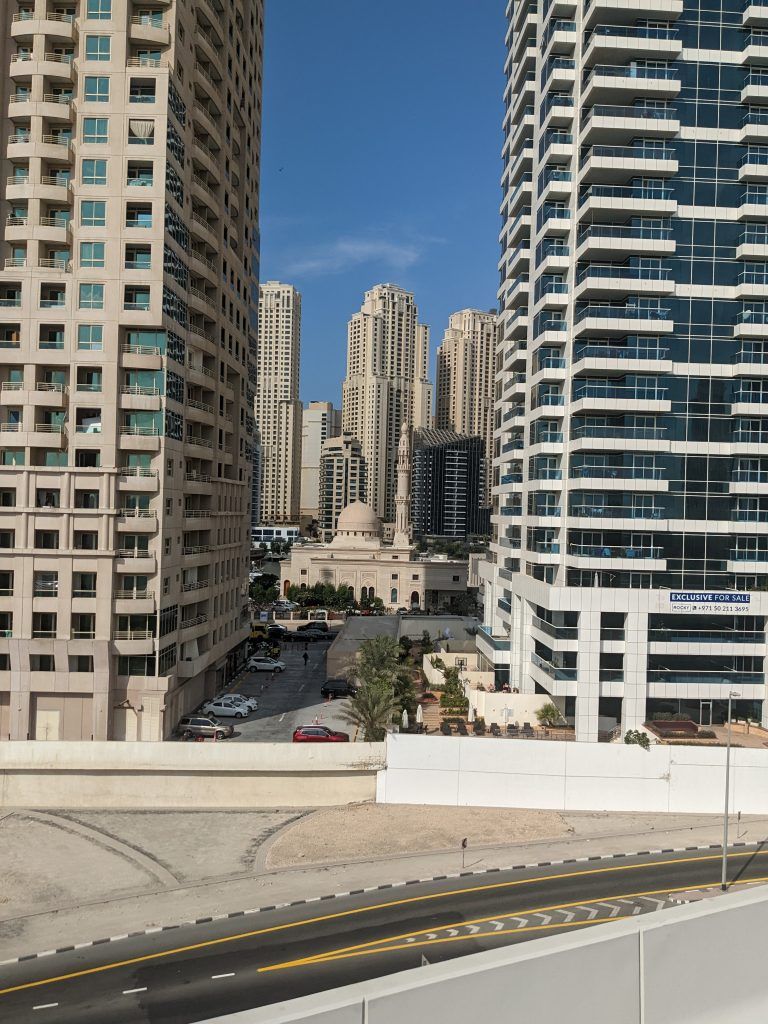




The Burj Khalifa
The most grandiose of the archictectural monuments is the Burj Khalifa, the world’s tallest building. At a total height of 830 meters, it’s over a half a mile tall and a highlight of visiting Dubai.
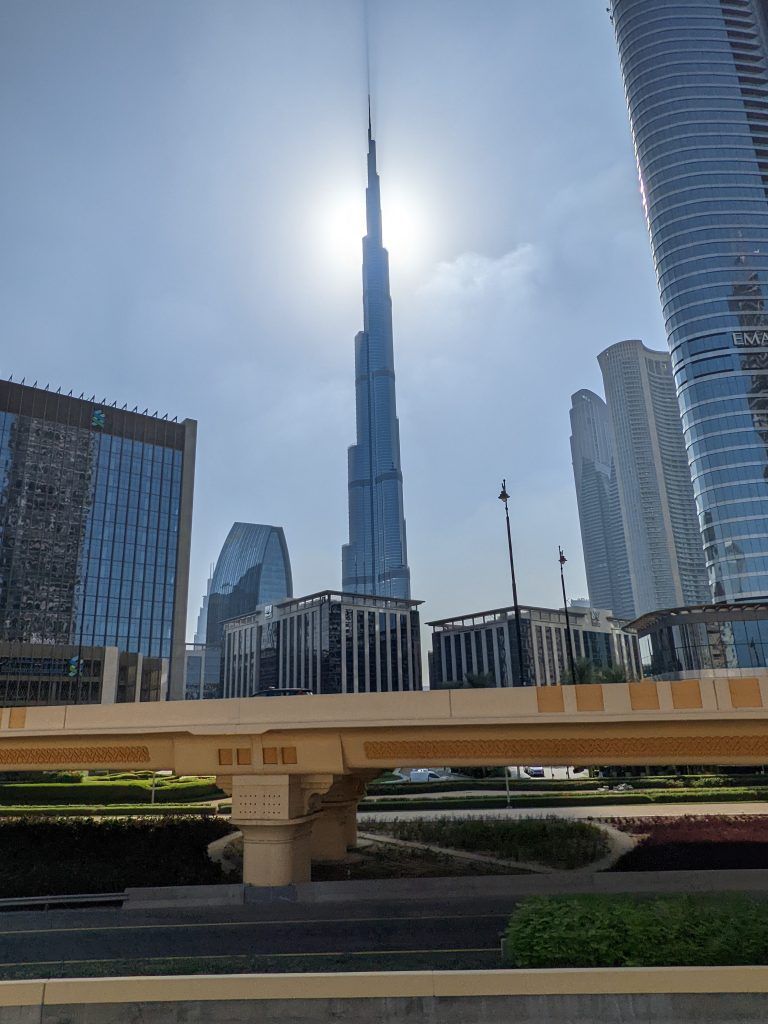
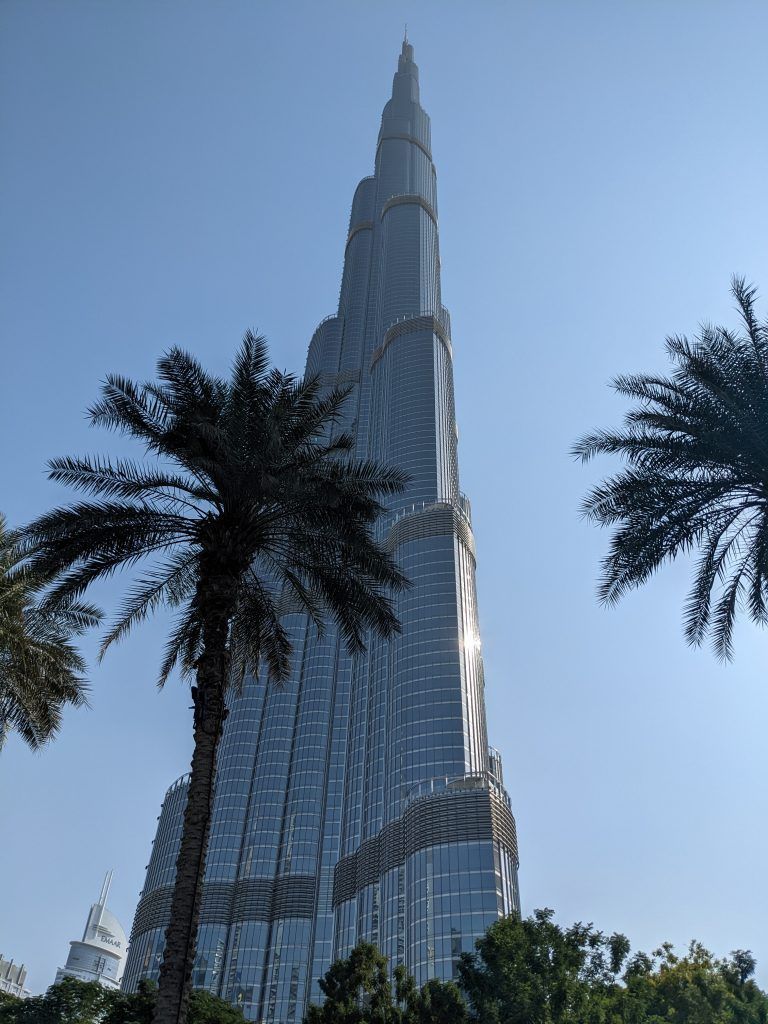
The view from the 124th floor observation deck provides a great panorama of how Dubai’s buildings have sprung up from the surrounding desert. Unfortunately, there was a dusty haze the day I was there and I couldn’t see the man made islands from the deck.


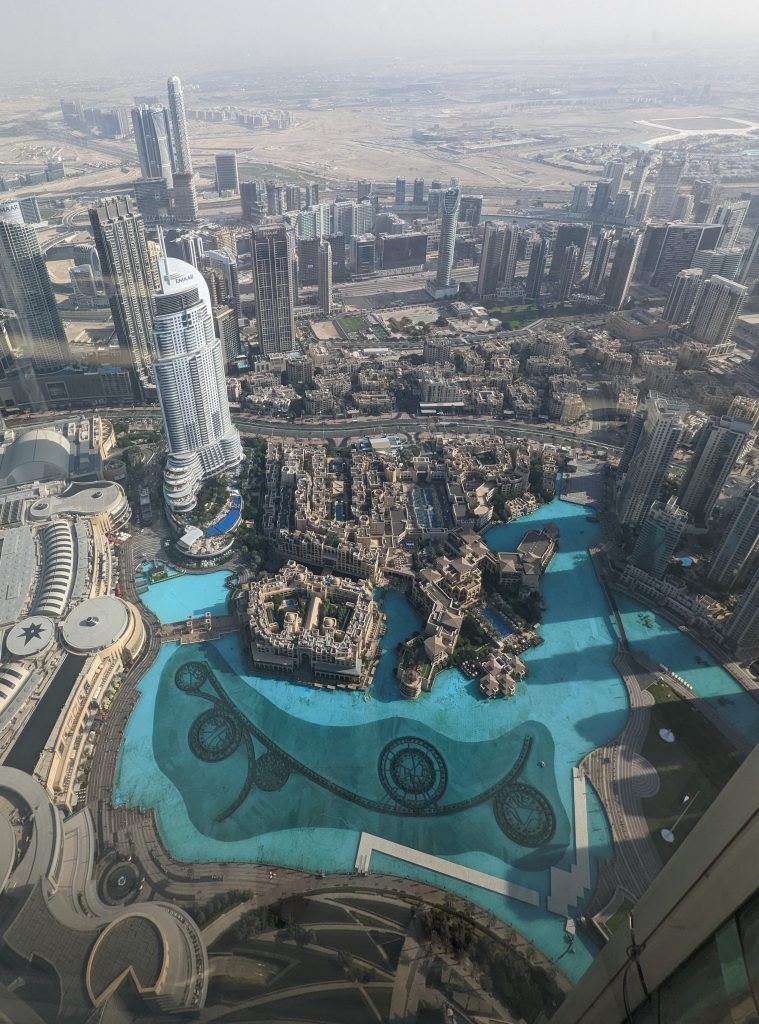
The Dubai Mall
The Dubai Mall is the largest mall in the world and has pretty much every luxury and middle end brand you can think of.
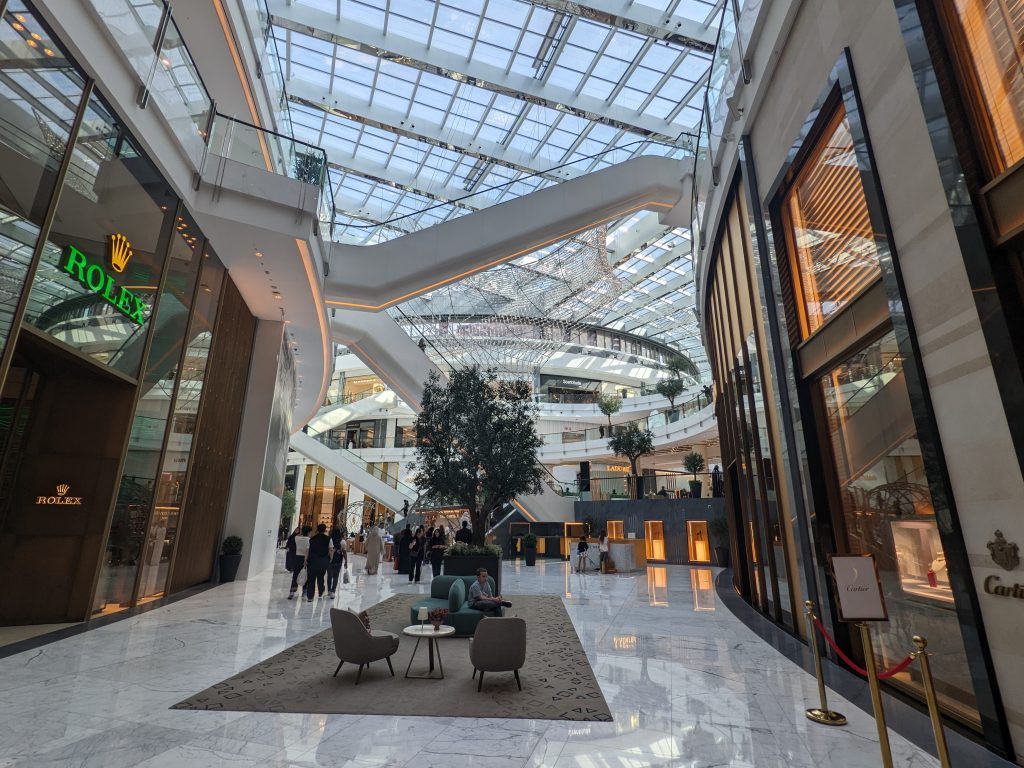
The star of the mall is the Dubai Aquarium which has over 140 species in its 10 million liter tank. It includes over 400 individual sharks and you can even scuba dive in the aquarium.

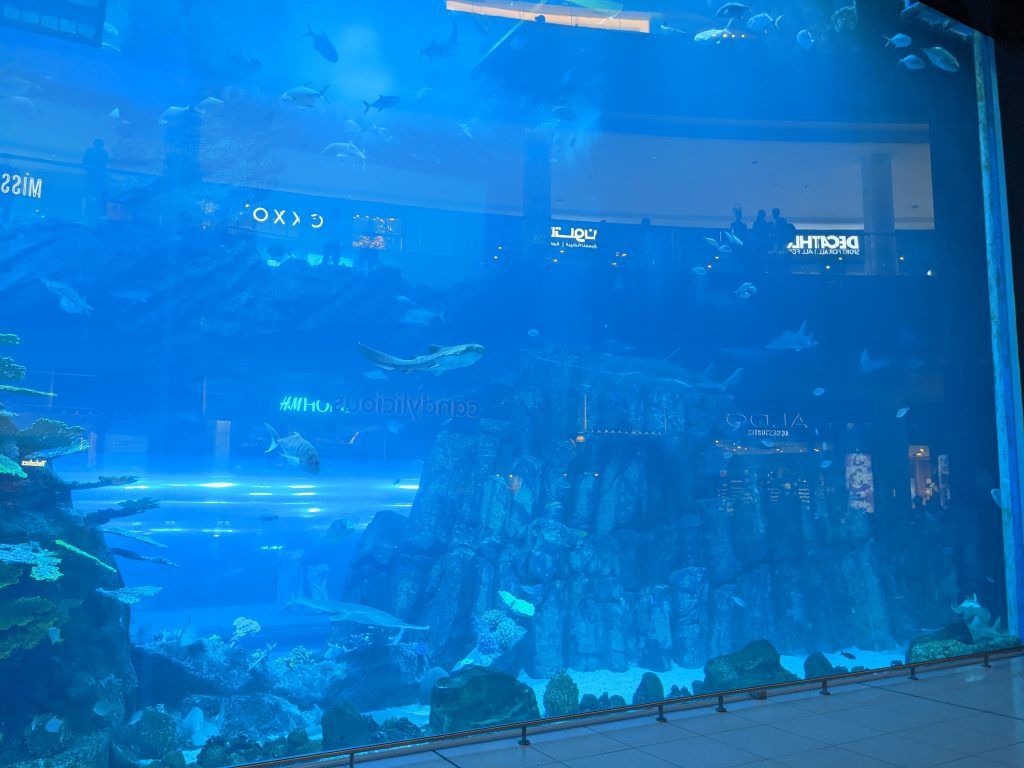
Not too far away is the Mall of the Emirates. It’s not nearly as large or as posh as the Dubai Mall, but it does have its own 22,500 meter indoor ski area. There are five ski runs (the longest of which spans more than 1,300 feet with a 197-foot vertical drop), a freestyle snowboard zone, a chairlift, as well as room for toboggan runs.
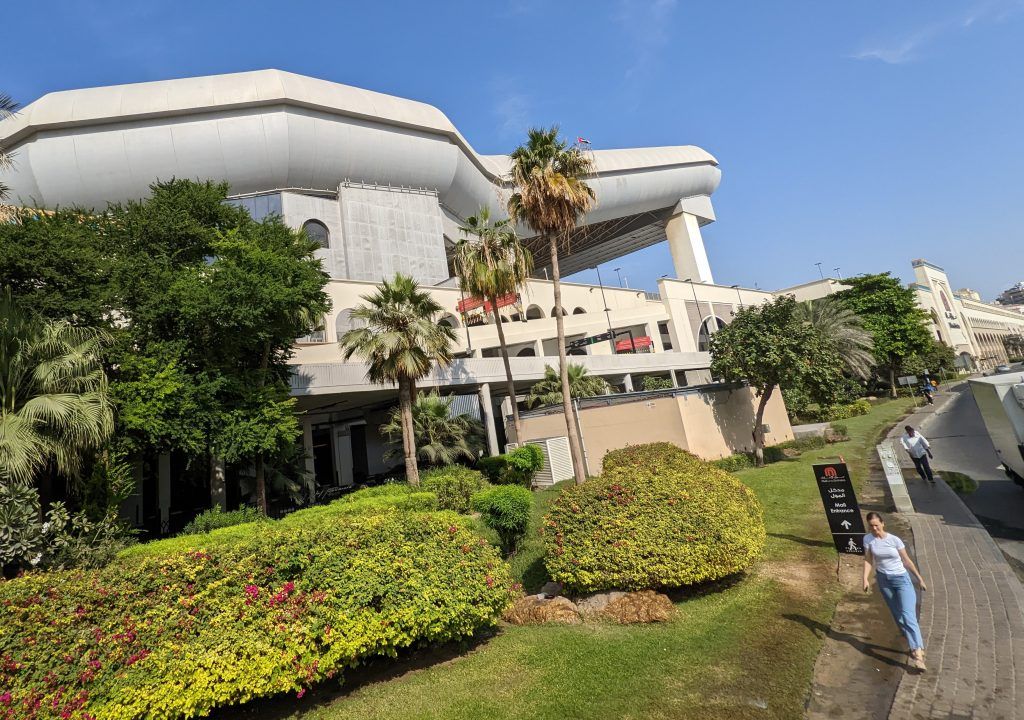

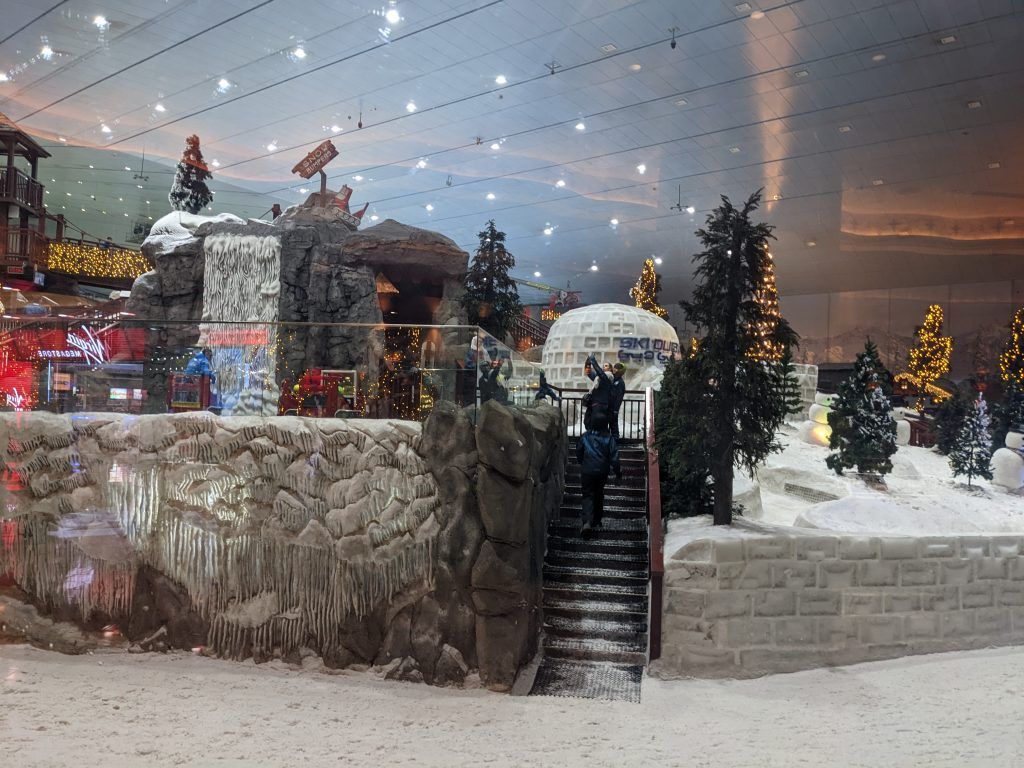
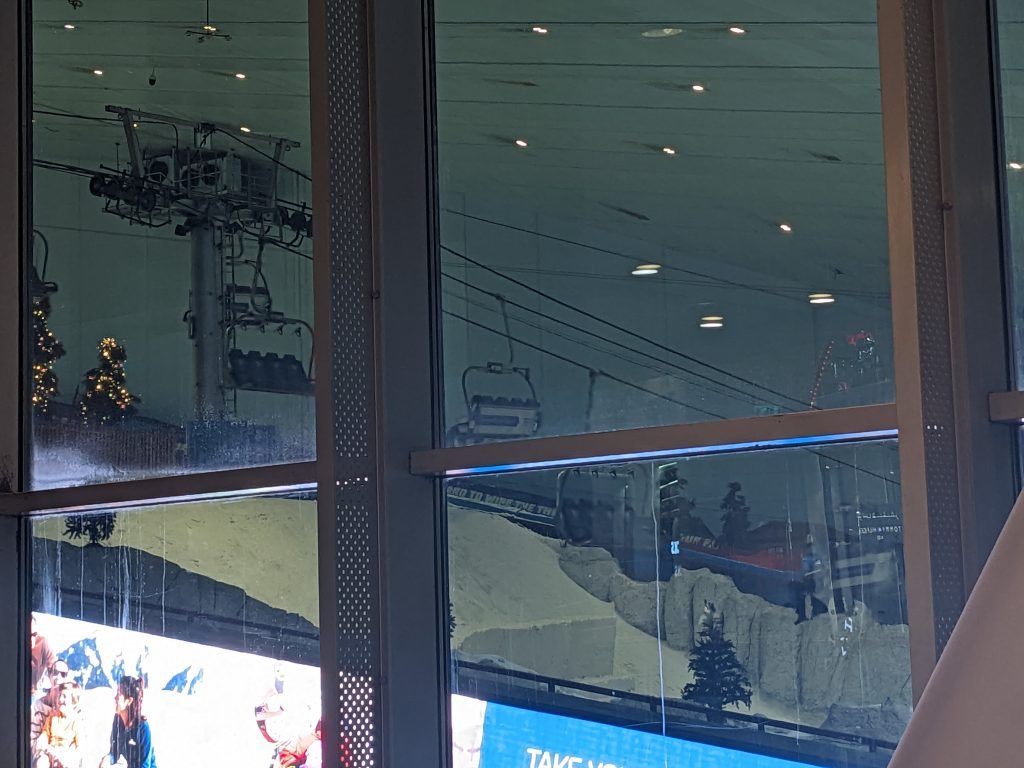
Dubai History
To its credit, even before the oil came Dubai was trying to think big. From Wikipedia: “Despite a lack of oil, Dubai’s ruler from 1958, Sheikh Rashid bin Saeed Al Maktoum, used revenue from trading activities to build infrastructure. Private companies were established to build and operate infrastructure, including electricity, telephone services and both the ports and airport operators. Sheikh Rashid commissioned John Harris from Halcrow, a British architecture firm, to create the city’s first master plan in 1959. Harris imagined a Dubai that would rise from the historic centre on Dubai Creek, with an extensive road system, organised zones, and a town centre, all of which could feasibly be built with the limited financial resources at the time.”
Oil
Then oil was discovered in 1966. But unlike some of its Arab neighbors, Dubai didn’t rely solely on oil and instead used it simply as a means to grow other industries. Again, per Wikipedia: “Critically, one of the first major projects Sheikh Rashid embarked upon when oil revenue started to flow was the construction of Port Rashid, a deep water free port constructed by British company Halcrow. Originally intended to be a four-berth port, it was extended to sixteen berths as construction was ongoing. The project was an outstanding success, with shipping queuing to access the new facilities. Oil revenue, flowing from 1969 onwards supported a period of growth with Sheikh Rashid embarking on a policy of building infrastructure and a diversified trading economy before the emirate’s limited reserves were depleted. Oil accounted for 24% of GDP in 1990, but had reduced to 7% of GDP by 2004.”
Ultimately, it didn’t really have a choice as, unlike some of its Gulf neighbors, its reserves were considered limited from the very beginning. Oil is currently down to 5% of GDP and Dubai’s reserves are expected to be exhausted in 20 years. Real estate and construction (22.6%), trade (16%), logistics (15%) and financial services (11%) are now the largest contributors to Dubai’s economy. The question is whether it can continue to sustain this high growth lifestyle, and find a way to improve the life of the manual labor it imports. The answer to that is incredibly important, but well beyond the scope of this blog post.
For my accommodations while visiting Dubai, I had a nice apartment near the main business district.
